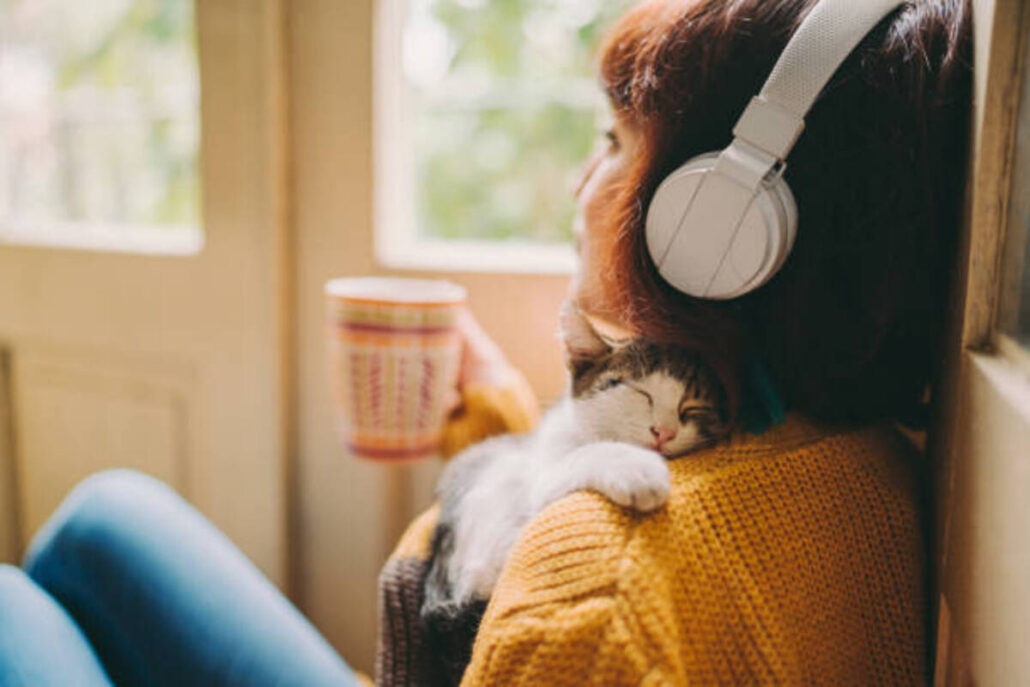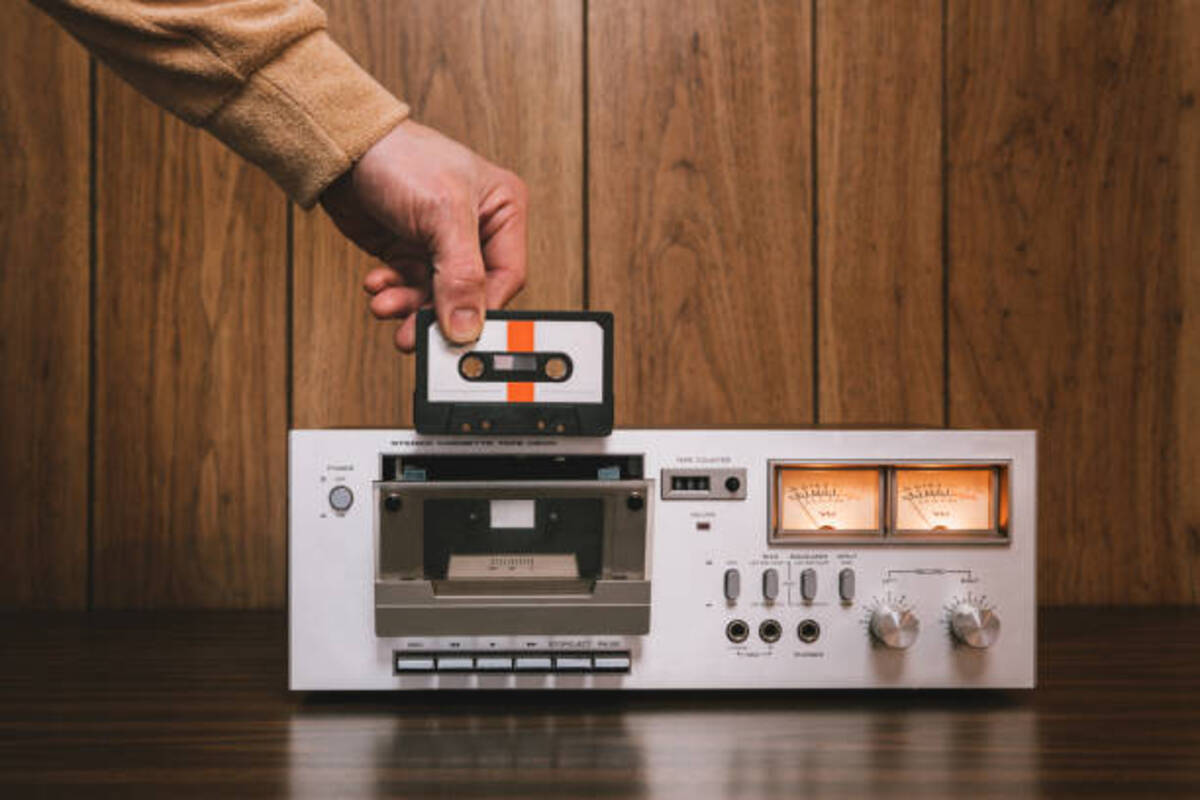Have you ever wondered about how to make music? You’re not alone. We all did at some point in our lives. Starting can be tricky, especially if you have zero musical experience. Maybe you want to record your tracks, or perhaps you’re a singer who wants to release an album. Making music is one of the most rewarding things you can do. Like casinos at casinoudendansklicens.org, if you’re on track to make money from your songs, you’ll need permission from the copyright holder(s). This guide has some pointers and resources to help you get started in the right direction. Let’s get started!
Picking a DAW
If you’re just starting, starting with a less expensive DAW is best. This will give you an idea of how the process works before you invest in something more expensive. However, many free DAWs are available, and if you’re just starting, one of these would be worth trying out.
The two most popular free DAWs are Reaper and Audacity. Both offer unique features and have been used by professional musicians for years. They provide similar features, including recording, editing, mixing audio tracks, and creating MIDI tracks if required.
GarageBand is another option worth considering if you’re looking for something more suited to music production. It’s designed specifically for music creation and comes with hundreds of different instruments and effects which can be combined to create your unique sounds or tracks.
Recording Vocals
If you’re recording vocals, the first step is to decide where to place the mic. You want to pick a spot that gives you the best sound but that’s also convenient for you and your singer. It can be tempting to put the mic directly in front of your singer and let them sing into it, but this isn’t always ideal. You want to ensure that there aren’t any reflections bouncing off walls or corners that could interfere with the sound of their voice.
One option is to hang the mic from a stand or boom pole above your singer’s head. This way, you’ll get less room noise than if it were on the floor. If possible, try different heights until you find one that works well for everyone involved!
Another option is to use two mics: one close and one farther away. This gives you more control over how much reverb goes into the track because it gives you more options when mixing later on down the line.
Recording Instruments
Recording instruments is one of the most important aspects of making music. If you can’t get a good recording, it doesn’t matter how great your mix sounds; you’ll never be able to hear it. There are several ways to record instruments and many different types of equipment that you can use. Here are some tips:
- Use high-quality equipment if possible. The better your equipment, the better the sound quality you’ll get from your recordings. If you don’t have much money, start with something cheap and upgrade as soon as possible.
- Keep track of all your recordings, so they’re easy to find later on if you need them again. You can keep them in an external hard drive or on a cloud storage site like Dropbox or Google Drive.
- Don’t forget about noise reduction! A lot of modern software includes built-in noise reduction features. This can help remove any unwanted background noises from your recordings – this is especially important for vocalists!
Mixing and Mastering
Mixing and mastering are two of the most crucial steps in music production. These two processes help you to create a final product that sounds great on every speaker system, regardless of its size or quality.
Mixing is the process of blending all of the different elements in final production. This includes everything from setting levels to ensuring that all parts are in sync and sound well together. A good mix engineer will pay attention to dynamics, panning, EQ, compression, and other effects.
Mastering is the last step in creating an album or song, which is where you make sure that everything sounds as good as possible before you send it off to be released. A mastering engineer will care for loudness levels, EQ, compression, and any other effects that may be needed before your music gets released onto iTunes or Spotify.
Studio Monitors
Studio monitors are the speakers you use in your studio. They are essential equipment in your studio because they allow you to hear what is being recorded and mixed and help you get a good mix going.
There are many different types of studio monitors; some will be better than others for various applications. If you’re just starting out, plenty of options won’t break the bank but still give excellent results. If you’re buying second-hand ones, ensure they’re not too old. Also, check that they’re in good condition – don’t buy something if it looks like it’s been dropped or damaged.
You’ll also want to ensure they have enough wattage to produce a decent sound without turning up the volume too loud. This will help preserve your hearing!
Audio Interface
The term “audio interface” refers to both the hardware device used to connect your computer to your speakers and the software that runs on your computer that allows you to record audio from your instruments. If you want to record vocals or acoustic guitar, an audio interface will allow you to plug a microphone or guitar directly into your computer. You don’t have to use separate inputs on your mixing board or sound card. There are hundreds of different audio interfaces available on the market today. Ensure that you choose one compatible with your computer system and has enough inputs for all of your gear.
MIDI Keyboard
If you’re a beginner, you might not even know what a MIDI keyboard is. It’s a computer keyboard modified to send MIDI (Musical Instrument Digital Interface) signals. They’re used in music production because they’re cheap and easy to start.

The benefit of using a MIDI keyboard over a standard computer keyboard for producing music is that it allows you to use your computer as an instrument. With it, you can record notes and play them back in real-time or even create new tracks from scratch using synthesizers and effects plugins.
Conclusion
It can be a daunting process to get started with music production. But while it may seem like a daunting task at first, anyone can learn how to record and mix music. Just be patient, take it step by step, and if you ever get stuck along the way, stop and ask someone for help. The most important thing to remember is that anyone can learn to make music.
